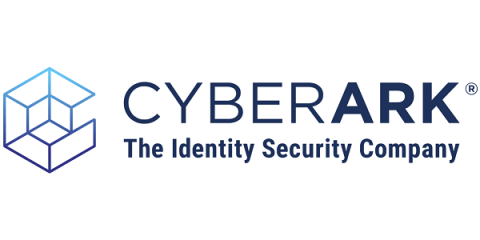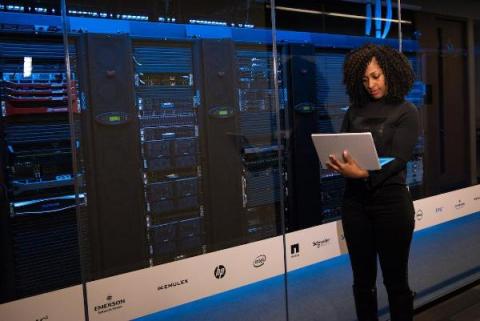Romance fraud losses rose 91% during the pandemic, claims UK's TSB bank
UK banking group TSB is calling on social networks and dating apps to better protect their users from fake profiles, following an alarming spike in romance fraud. Examining data from December 2020 - January 2022, TSB determined that romance fraud almost doubled compared to pre-pandemic levels, with a record increase in losses of 91% - averaging £6,100 per incident.










